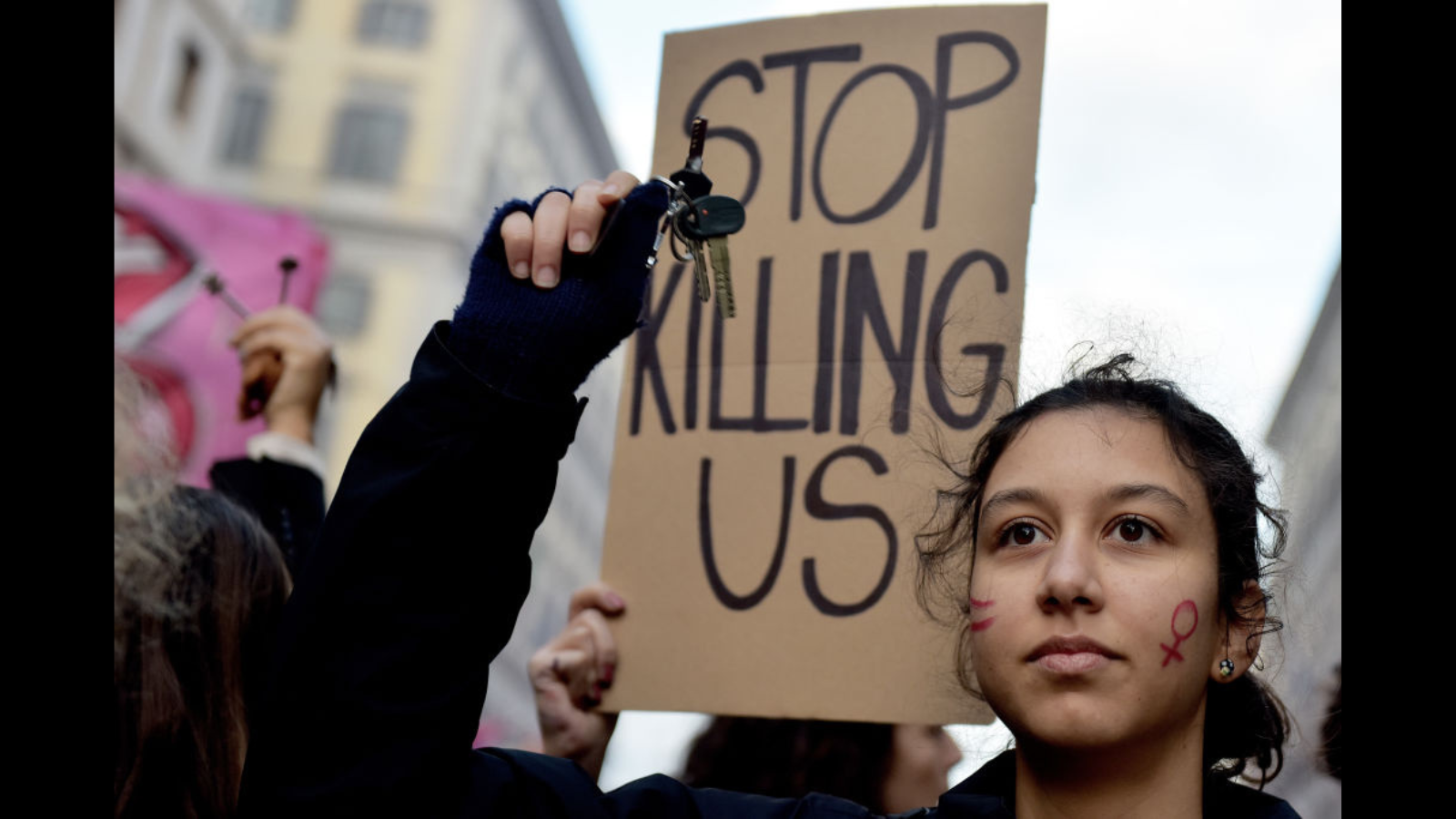The overwhelming focus on whether bans have exceptions and whether people can get abortions in extreme situations distorts our perception of what is actually happening in states that ban abortion—which is that abortion bans are extreme and harmful because they ban abortion, period.
As the focus shifts to the 2023 state legislative sessions, where we expect lawmakers to further restrict abortion care, correcting public narratives about abortion bans is an urgent priority. To do that, we need to reframe how we discuss exceptions in three critical ways: Exceptions are designed to be unworkable. Focusing on exceptions ignores the vast majority of people harmed by abortion bans. And the focus on exceptions creates a false hierarchy of who is deserving of care.







